We’ve spent the last couple of weeks travelling between three colonial cities and their surrounding Mayan ruins. The three colonial cities are: Valladolid (va-yah-doh-leed), Merida (May-ree-da), and Campeche (Cam-pay-chay). The Mayan ruins: Coba, Chichen Itza, Uxmal, Kabah, Edzna, and Palenque. We’ve hit the point where we’re starting to feel a little “ruined” out, and our desire to see more colonial cities has dissipated a bit from where it was 2 weeks ago. What we are really looking forward to now is a chance to slow down, stay in one place for a month or so, and learn Spanish.
As such, we’ve decided to cut short our time in Mexico, skipping previous “plans” of visiting San Cristobal (another colonial city), and the Mayan ruins Yaxchilan and Bonampak. We hopped on a bus, then a boat, then another bus with plans of reaching San Padro by Sunday. Despite our better judgment, we decided to spend a couple of nights in Flores, Guatemala and visit one last set of Mayan ruins: Tikal, the supposed capital of the Mayan world.
Now getting back to those colonial cities – despite the fact that we feel we’ve had enough of bouncing around between them, that’s not to say we haven’t enjoyed them. I think we’re just a little tired of bouncing around from hostel to hostel, and bus to bus.
The three subject cities were founded by Francisco de Montejo (there were actually 3 people with the same name, the father, son, and a cousin who each founded one of them) who had been given the rights to govern the Yucatan as Conquistadors. This meant conquering the existing Mayan people and extracting whatever wealth there was.
The cities were built atop of Mayan ruins that were still in use by the indigenous Mayans beginning with Campeche in 1540. Stone by stone, the existing structures were taken apart and the stones were used to construct houses, roads, and churches. A little later on, there was an inevitable revolt by the Mayans, called the caste war, an economic boom from the production of henequen, and pirate attacks at the port of Campeche.
All this adds up to a lot of history, and a lot of old buildings just waiting to be discovered. Here’s some of the highlights.
Architecture:
Most of the existing buildings were put up during the colonial period of the 18th and 19th centuries. It’s not just a few buildings, but the whole historic city centre. Street after street of colonial buildings, with bright paint, in various states of repair.
Campeche – Street View
Some of the most interesting buildings were the churches, built from the stones of ancient Mayan temples by Mayan slaves in the 1500’s.
Merida – Cathedral Knockers
Valladolid – Convento de San Bernardino de Siena
Campeche – Main Cathedral
My favourite building was Casa Montejo in Merida. This mansion showed very clearly the message the Spanish were trying to give to the Mayans by founding these cities on top of those previously occupied by the Mayans.
Merida – Casa Montejo
Note the screaming heads of the Mayans being stood upon by the Conquistador. And is that someone who’s been tarred and feathered?
Museums:
More than a few of the more impressive historic buildings have been re-purposed into museums. The quality and quantity of English translations vary, but most were quite acceptable. I found the history of these cities fascinating, dating back over 1,000 years (Merida is suspected of being the oldest continually colonized city in the Americas). They covered everything from the ancient Mayans, through to the Conquistadors, the haciendas, pirate attacks and modern times. We spent several days wondering from museum to museum. If you’re interested in history, this is a must.
Merida – Mayan Carvings
Parks:
There are plenty of parks in these Colonial towns. It’s quite nice. These parks always had an adjoining church and often a market to buy your fresh fruit, meet, and eggs during the day. In the evening, you could find restaurants setup on the streets, vendors of all kinds, and plenty of free music. There was also a free zoo at one in Merida, complete with giraffes and hippos.
Merida – Hippos at the Zoo
Valladolid – Lover’s Chairs, great for having a conversation
Culture:
We managed to watch a play that was a comedy in Spanish (we didn’t understand a thing) and watch some traditional Mayan dancing (looked like traditional Spanish dancing to me, but who am I to say?) for free. It was entertaining, and gave me a little better understanding of life in the Yucatan. I think there’s plenty of shows and festivals that go on throughout the year to keep yourself occupied if you were interested in setting up shop in one of these cities for the longer term.
Merida – Traditional Mayan Dancing
What’s up next? We’ve got a few more Mexican inspired posts to come and a roundup of our time in Mexico. For us, it’s time to enjoy Guatemala.
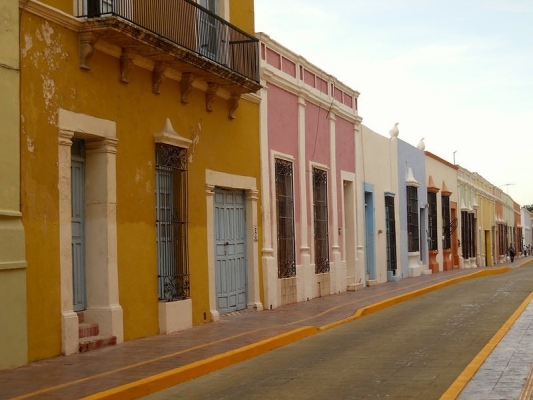
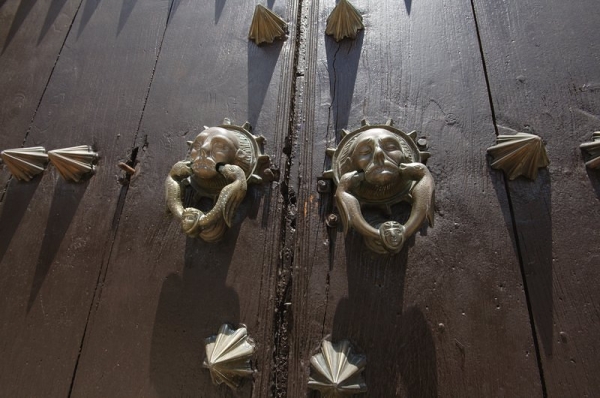
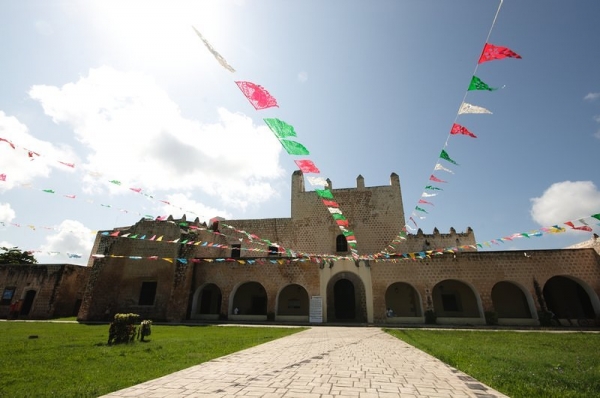
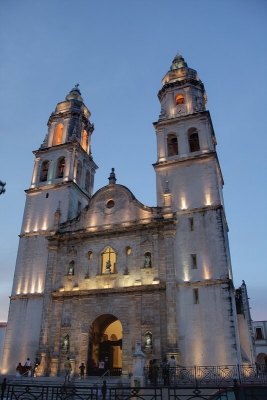
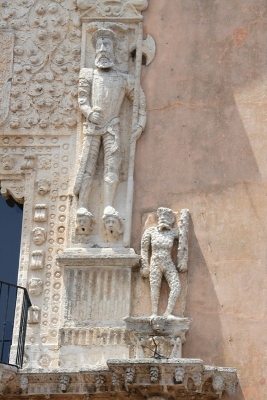
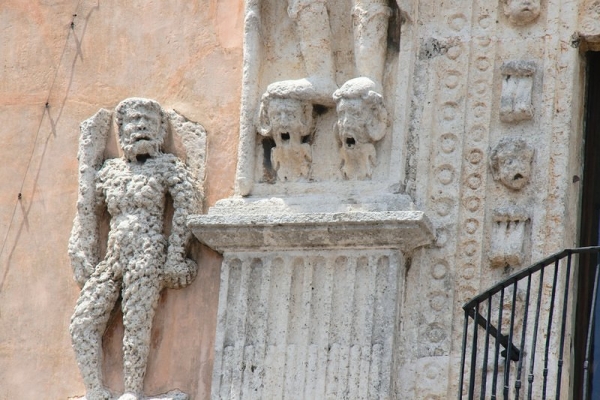
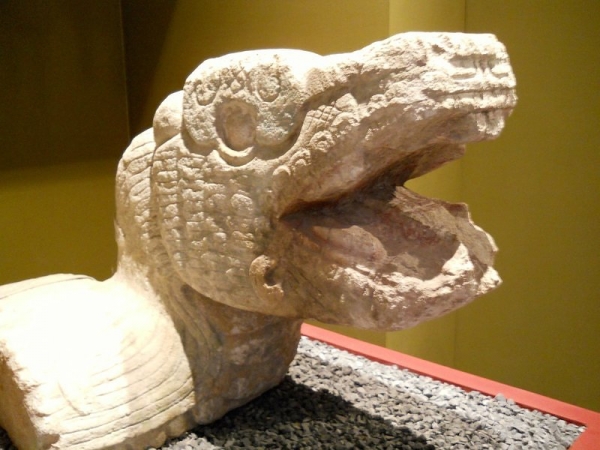
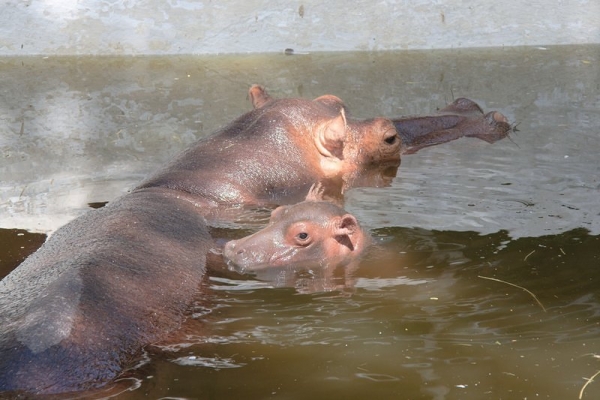
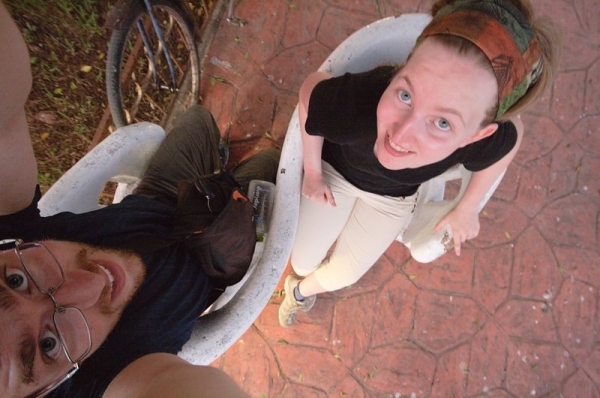
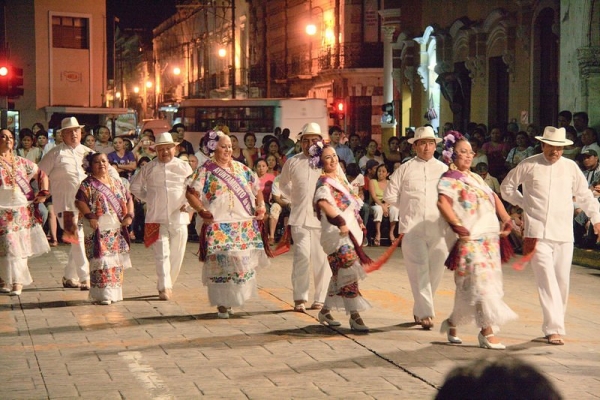
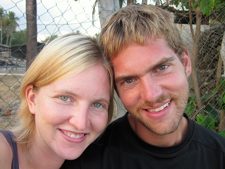




Merida is a beautiful city. There’s amazing Colornial architecture deep in the mountains of Puebla, some of the most picturesque towns in Mexico (Cholula hot sauce comes from the neighboring town, which is also pretty cool).
I’m still on the baby hot sauces. We are in Guatemala now, and they are even hotter.
“My favourite building was Casa Montejo in Merida. This mansion showed very clearly the message the Spanish were trying to give to the Mayans by founding these cities on top of those previously occupied by the Mayans.”
as a born spaniard, seeing this horrible truth is very disconcerting. i mean, damn. that’s cold.
Indeed. There’s not a lot of prettiness in the way the Spanish conquered central and south america. A lot of killing, a lot of slavery.
hey ashley & mike!
i’m the german girl you met at the bus station in campeche and who was staying at the panchan in palenque! i’m sorry that i missed out on you later that night, but i fell asleep on my bed and woke up late from the rain, but it was already too late for the fire show at don mucho’s…
anyways, i saw that you reached flores! i’m gonna arrive there tomorrow afternoon (probably staying at the los amigos) and i’m planning to visit tikal on wednesday.
well, in case you are still there just let me know, would be nice to meet you again!
Saludos 🙂
Leonie
We’re just one night bus, a couple shuttles, and a bus ahead of you. We’re currently in San Pedro on Lago Atitlan taking Spanish classes. We’ll be hanging out here for a month or so if you end up near by. It’s beautiful here.
Hey there…I just stumbled across your site on Twitter and I think it is fantastic. I enjoy reading the traveler’s thoughts and memories from specific travel experiences. It’s definitely a good break from those other travel blogs that focus more on travel advice instead of constructing the imagery of their experience and developing each post as a story. Thanks for sharing your photos and your experience.
-Gaby
Thanks Gaby, I’m really glad you’re enjoying it. On our end we’re having fun with the blog, and have been since we started it, but it’s always great to hear that other people are enjoying it as much as we are.